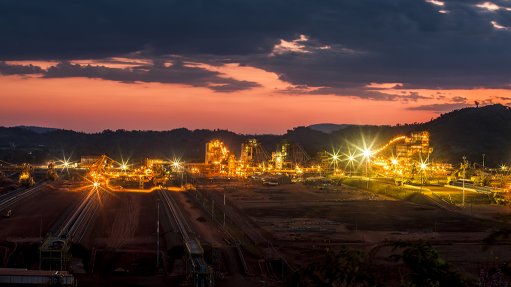
Brazilian iron-ore giant Vale plans to keep its production of the steelmaking ingredient steady next year, potentially offering some support to the recent price rally.
The world’s second-largest producer of the commodity forecasts volumes at 310-million to 320-million tons in 2024, it said Tuesday. That compares with 320.4-million tons estimated by analysts tracked by Bloomberg, and around 315-million tons for this year.
The company has been a major swing factor in the market since a 2019 tailings dam collapse saw it lose the title of top supplier to Rio Tinto Group. Vale a year ago abandoned a capacity target of 400 million tons, and has been betting on a value-over-volume strategy to supply customers with high-grade ore that may help them to curb emissions.
The estimates presented Tuesday to investors also show Vale continues to forecast an output range of 340-million to 360-million tons for 2026, and and at least 360-million tons from 2030.
“We’ll bring our volumes exactly where we can put them,” CEO Eduardo Bartolomeo said in an interview ahead of Vale’s investor day in London. “We’ll not be the ones to unbalance the market.”
Iron ore has largely held above the key $100-a-ton threshold this year, proving surprisingly resilient despite China’s property market crisis. China’s property sector makes up about 40% of steel demand in more typical years. The commodity is currently trading around $129.
The CEO also expects to see a turnaround on nickel and copper assets Vale has separated into an independent structure, one of his priorities over the last five years. The business has faced operational setbacks in recent years and analysts consider the performance disappointing.
Vale on Tuesday unveiled a lower guidance for both metals for 2026 compared with last year’s outlook, forecasting nickel output at 210 000 to 230 000 tons, and copper production at 375 000 to 410 000 tons.